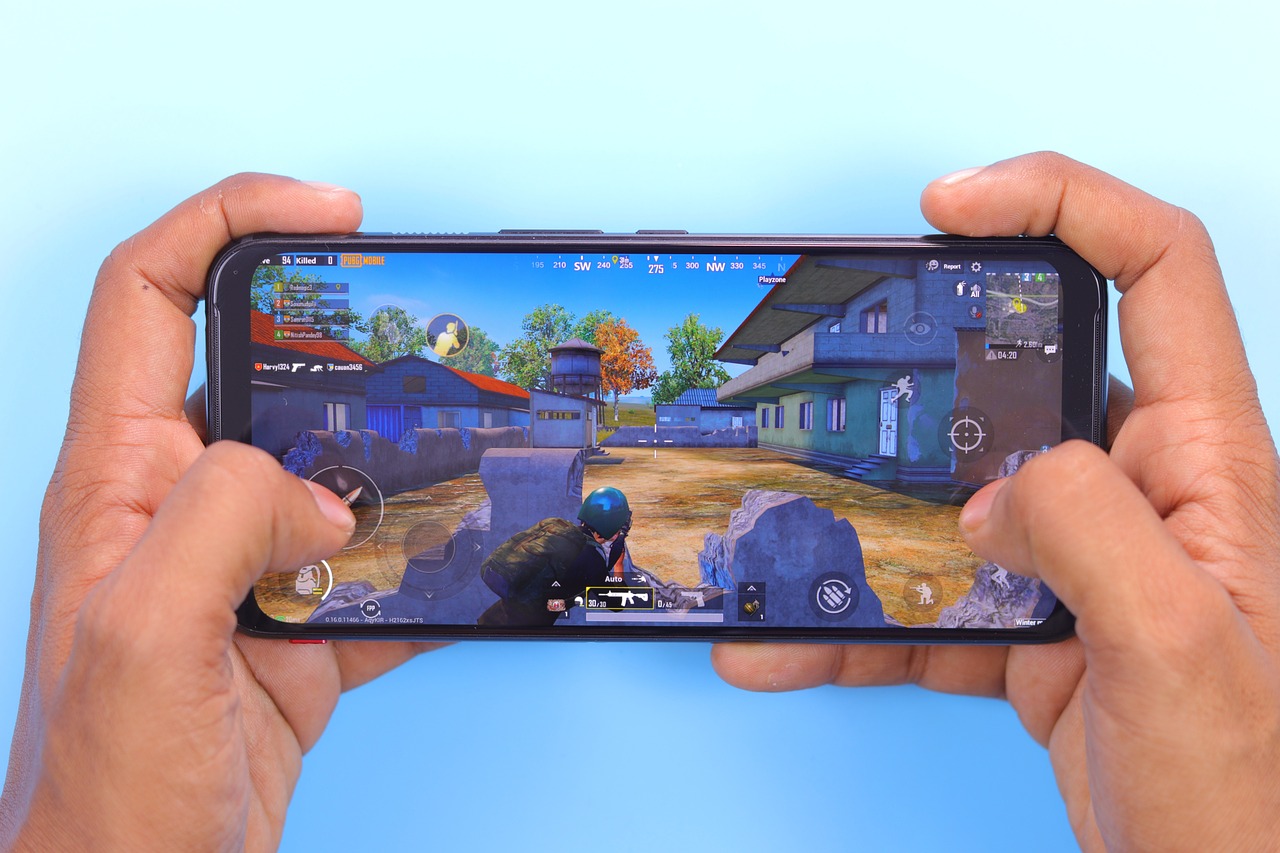Introduction:
The world of gaming has undergone a significant transformation with the rise of free-to-play games and the advent of microtransactions. In this article, we explore the power of microtransactions and how free-to-play games have reshaped the video game landscape, revolutionizing the way games are developed, monetized, and consumed.
- The Emergence of Free-to-Play Games:
Free-to-play games have gained immense popularity, offering players the opportunity to download and play games at no cost. This approach has lowered the entry barrier, attracting a massive player base and providing developers with a broader audience. Free-to-play games are accessible on various platforms, including PCs, consoles, and mobile devices, making them accessible to gamers worldwide.
- The Rise of Microtransactions:
Microtransactions, or small in-game purchases, have become the backbone of free-to-play games. Players have the option to purchase virtual goods, such as cosmetic items, in-game currency, or gameplay enhancements. These microtransactions generate revenue for developers, allowing them to sustain and continuously update their games. The convenience and affordability of microtransactions have contributed to their widespread adoption.
- Monetization Strategies in Free-to-Play Games:
Free-to-play games employ various monetization strategies through microtransactions. Cosmetic items, such as character skins or weapon customization options, offer players the opportunity to personalize their gaming experience. Boosters or power-ups provide temporary advantages in gameplay, while time-savers enable players to progress faster. These optional purchases provide players with choices while supporting the ongoing development and maintenance of the game.
- Player Engagement and Retention:
Free-to-play games rely on player engagement and retention to succeed. Developers focus on creating compelling gameplay experiences that encourage long-term commitment. Regular content updates, seasonal events, and community engagement initiatives foster player loyalty. Microtransactions can enhance these experiences, providing players with additional incentives and rewards for their dedication.
- Balancing Monetization and Player Satisfaction:
A critical aspect of free-to-play games is striking a delicate balance between monetization and player satisfaction. Developers must avoid creating a pay-to-win environment that undermines fair competition. Providing value through microtransactions while ensuring a rewarding experience for non-paying players is crucial. Transparency and clear communication regarding the impact of microtransactions on gameplay are essential to maintain player trust.
- Impact on the Gaming Industry:
The rise of free-to-play games and microtransactions has had a profound impact on the gaming industry. Independent developers have gained a foothold in the market, as the free-to-play model allows for lower entry barriers and broader distribution opportunities. Established game publishers have also embraced the model, incorporating free-to-play elements into their portfolio. This shift has led to increased competition and innovation within the industry.
- Consumer Behavior and Spending Habits:
The introduction of microtransactions has influenced consumer behavior and spending habits. Players now have the freedom to choose how much they invest in a game, paying for the content they find most valuable. However, the addictive nature of microtransactions and the potential for overspending have raised concerns. Game developers and platforms are increasingly implementing measures to promote responsible spending and protect players, such as spending limits and parental controls.
- Future Outlook:
The future of free-to-play games and microtransactions is promising. As technology continues to advance, developers have new opportunities to provide innovative and immersive experiences. Virtual reality, augmented reality, and cloud gaming present exciting possibilities for the integration of microtransactions. However, the industry must remain vigilant, ensuring ethical practices and fair monetization models that prioritize player satisfaction.
Conclusion:
The rise of free-to-play games and microtransactions has transformed the gaming landscape. These models have expanded the player base, enabled developers to create sustainable revenue streams, and fostered a culture of ongoing game development. Balancing monetization with player satisfaction and implementing responsible spending measures are crucial to ensuring the continued success and growth of this evolving industry.










